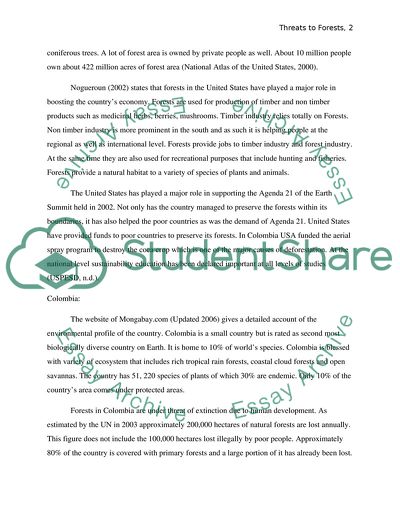Cite this document
(“Threats to Forest Ecosystems Assignment Example | Topics and Well Written Essays - 1500 words”, n.d.)
Threats to Forest Ecosystems Assignment Example | Topics and Well Written Essays - 1500 words. Retrieved from https://studentshare.org/environmental-studies/1721617-threats-to-forest-ecosystems
Threats to Forest Ecosystems Assignment Example | Topics and Well Written Essays - 1500 words. Retrieved from https://studentshare.org/environmental-studies/1721617-threats-to-forest-ecosystems
(Threats to Forest Ecosystems Assignment Example | Topics and Well Written Essays - 1500 Words)
Threats to Forest Ecosystems Assignment Example | Topics and Well Written Essays - 1500 Words. https://studentshare.org/environmental-studies/1721617-threats-to-forest-ecosystems.
Threats to Forest Ecosystems Assignment Example | Topics and Well Written Essays - 1500 Words. https://studentshare.org/environmental-studies/1721617-threats-to-forest-ecosystems.
“Threats to Forest Ecosystems Assignment Example | Topics and Well Written Essays - 1500 Words”, n.d. https://studentshare.org/environmental-studies/1721617-threats-to-forest-ecosystems.


